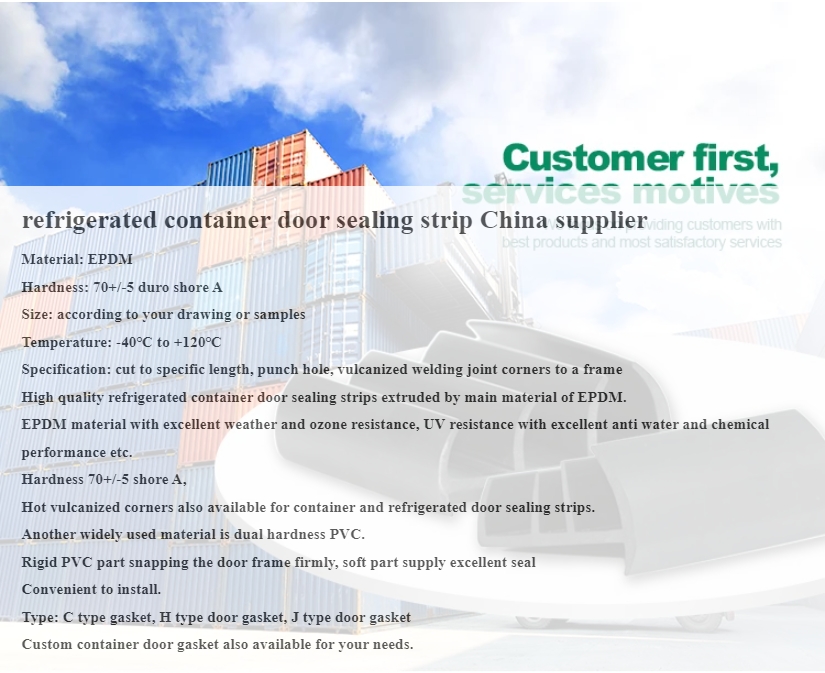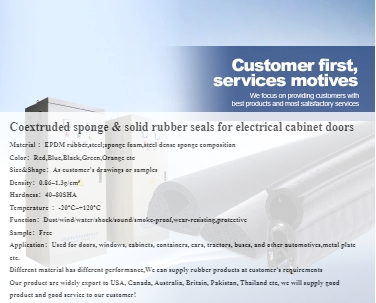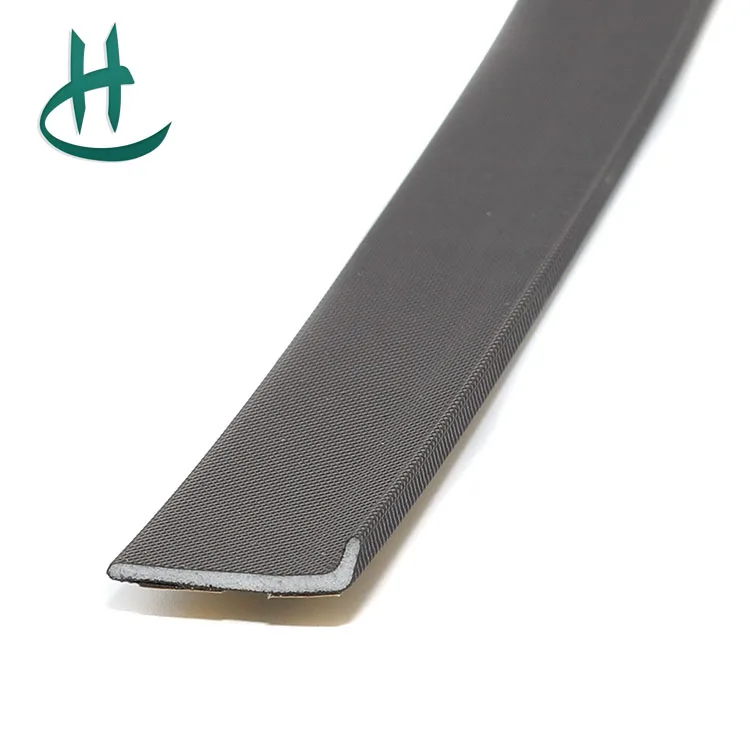There are data for microcrystalline cellulose (E 460), methyl cellulose (E 461), hydroxypropyl cellulose (E 463) and sodium carboxymethyl cellulose (E 466), which were tested in mice, rats, hamsters and/or rabbits with oral dosing or via gavage. As regards microcrystalline cellulose (E 460) studies have been conducted in rats (dietary exposure) with a mixture including guar gum or sodium carboxymethylcellulose (E 466) (15% in either case). The NOAEL for both maternal and developmental toxicity were the highest experimental dosages, i.e. 4,500 mg/kg bw (for mixture with guar gum) and 4,600 mg/kg bw (for mixture with sodium carboxymethyl cellulose). Methyl cellulose (E 461) was examined in mice, rats, hamsters and rabbits. In two different studies, pregnant mice were exposed via gavage (vehicle corn oil) to a dose range of 16-1,600 mg methyl cellulose (E 461)/kg bw per day from day 6 to 15 of gestation, followed by a caesarean section at day 17 of gestation. In the first study, maternal toxicity (increase in mortality and reduced pregnancy rate in the survivors) as well as retarded ossification in fetuses were noticed at the highest tested level, pointing to a NOAEL of 345 mg methyl cellulose (E 461) mg/kg bw per day (the last but one highest dosage) in mice. In the second study, no maternal toxicity and fetal abnormalities were observed in mice exposed up to 700 mg methyl cellulose (E 461) mg/kg bw per day. Rat studies (n = 2) were performed in pregnant dams exposed via gavage (vehicle corn oil) to a dose range of 16-1,320 mg methyl cellulose (E 461) mg/kg bw per day from day 6 to 15 of gestation followed by a caesarean section at day 20. In the first study (0, 13, 51, 285 or 1,320 mg methyl cellulose (E 461)/kg bw per day) the highest tested dosage resulted in no maternal toxicity but also in increased incidence of extra centres of ossification in vertebrae of fetuses from high dose dams; in a second rat study, the incidence of such alteration slightly increased in fetuses from the highest dosed group (1,200 mg methyl cellulose (E 461)/kg bw per day). Based on the above results, a NOAEL of 285 mg methyl cellulose (E 461) mg/kg bw per day could be identified in rats. No maternal or fetal toxicity was detected in Golden hamsters exposed via gavage (vehicle corn oil) up to 1,000 mg methyl cellulose (E 461) mg/kg bw per day from day 6 to 10 of gestation followed by a caesarean section at day 20. The study on rabbits was discarded due to poor experimental design. The only relevant developmental toxicity study with hydroxypropyl cellulose (E 463) (dissolved in 1% gum arabic solution) was performed in pregnant rats exposed via gavage from day 7 to 17 of gestation to 0, 200, 1,000 or 5,000 mg/kg bw test item and some of them subjected to caesarean sections at day 20. No treatment-related adverse effects were detected in dams or in the examined fetuses. A number of dams were allowed to deliver and no clinical, behavioural or morphological changes were observed in the examined pups. Their reproductive ability was seemingly not affected and no abnormalities were found in the F1-derived fetuses. The in utero exposure to the highest dose (5,000 mg/kg bw per day) may be considered as the NOAEL of methyl cellulose (E 461) for this study. No mortality, and no adverse effects were observed on implantation or on fetal survival in pregnant mice or rats dosed via gavage with up to 1,600 mg sodium carboxymethyl cellulose (E 466)/kg bw per day.
 Home
Home









 This means that HPMC can easily dissolve in water, allowing it to be rinsed away cleanly without leaving behind any residue This means that HPMC can easily dissolve in water, allowing it to be rinsed away cleanly without leaving behind any residue
This means that HPMC can easily dissolve in water, allowing it to be rinsed away cleanly without leaving behind any residue This means that HPMC can easily dissolve in water, allowing it to be rinsed away cleanly without leaving behind any residue

 Its ability to form a gel upon hydration also makes it suitable for controlled-release drug delivery systems Its ability to form a gel upon hydration also makes it suitable for controlled-release drug delivery systems
Its ability to form a gel upon hydration also makes it suitable for controlled-release drug delivery systems Its ability to form a gel upon hydration also makes it suitable for controlled-release drug delivery systems

 Conversely, an oversupply or economic downturn might result in a decrease Conversely, an oversupply or economic downturn might result in a decrease
Conversely, an oversupply or economic downturn might result in a decrease Conversely, an oversupply or economic downturn might result in a decrease The high viscosity of HPMC helps improve workability and water retention, resulting in better adhesion and longer working time The high viscosity of HPMC helps improve workability and water retention, resulting in better adhesion and longer working time
The high viscosity of HPMC helps improve workability and water retention, resulting in better adhesion and longer working time The high viscosity of HPMC helps improve workability and water retention, resulting in better adhesion and longer working time The reaction conditions, including temperature, concentration, and time, play a significant role in determining the degree of substitution, which in turn influences the properties of the final product The reaction conditions, including temperature, concentration, and time, play a significant role in determining the degree of substitution, which in turn influences the properties of the final product
The reaction conditions, including temperature, concentration, and time, play a significant role in determining the degree of substitution, which in turn influences the properties of the final product The reaction conditions, including temperature, concentration, and time, play a significant role in determining the degree of substitution, which in turn influences the properties of the final product